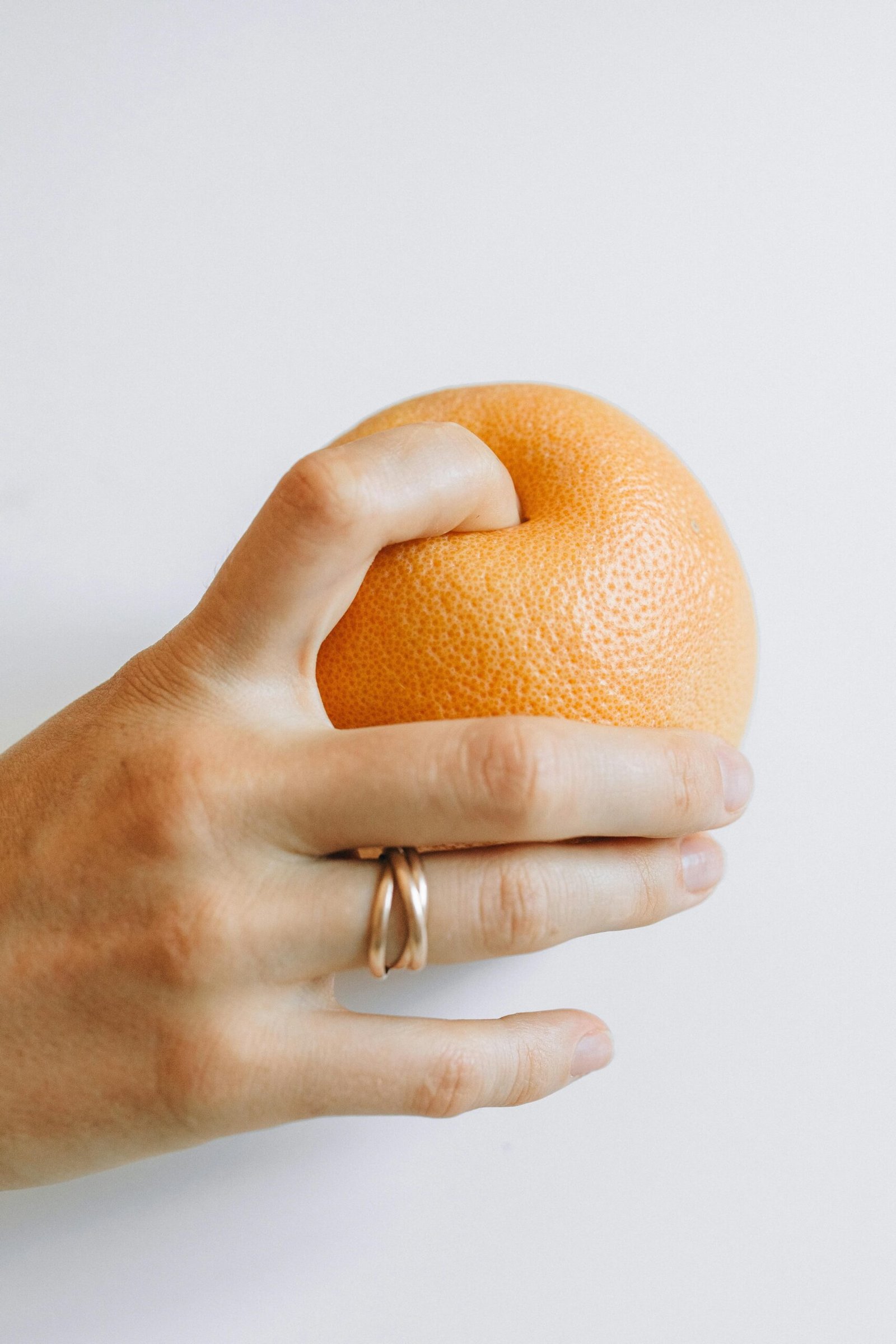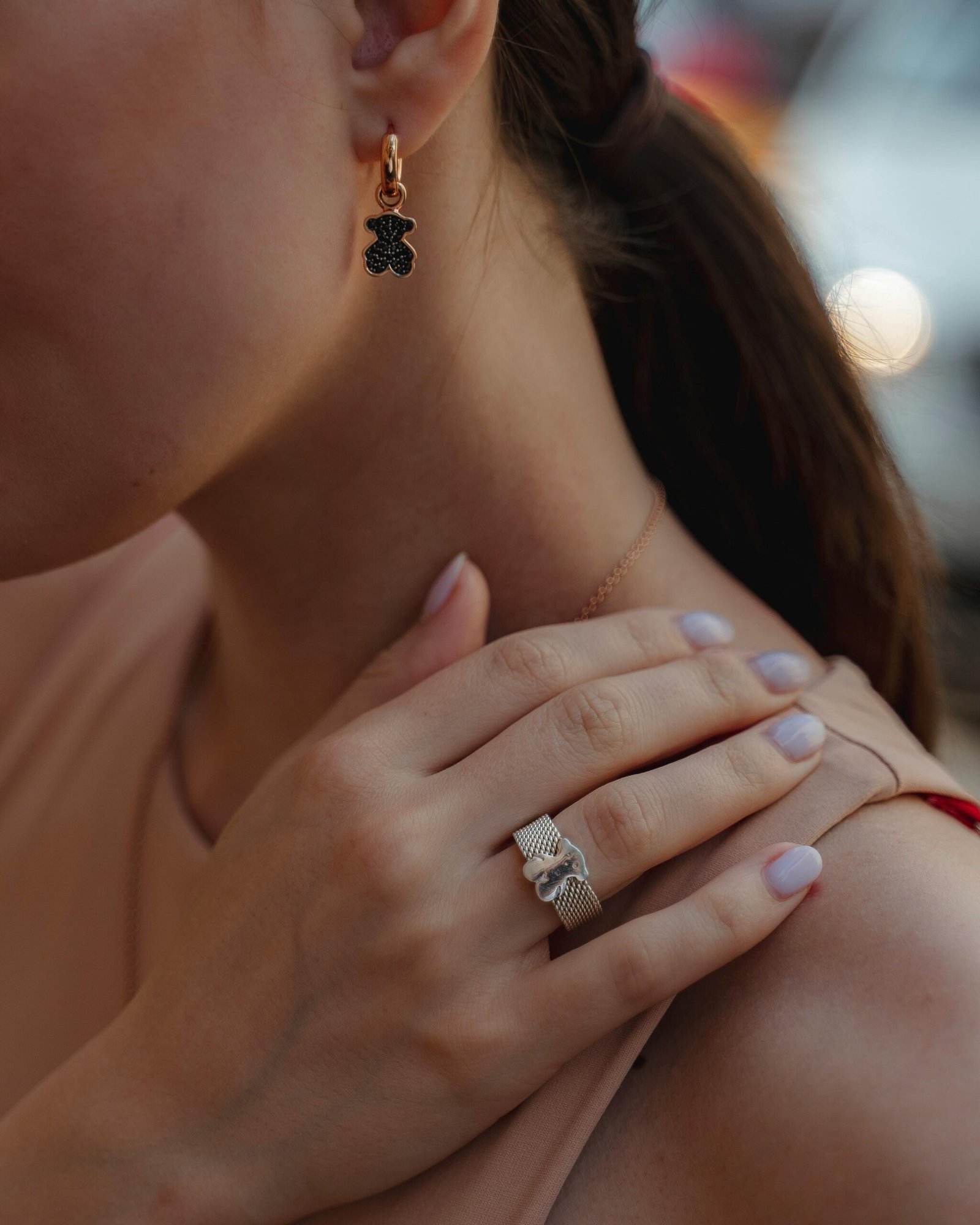Cats are known for their playful nature, and providing them with engaging toys is essential for their physical and mental well-being. Silicone cat toys have gained popularity for their durability and versatility. In this guide, we’ll explore everything you need to know about silicone cat toys, from their benefits to cleaning tips and DIY options.
Advantages of Silicone Cat Toys
Silicone cat toys offer several advantages for both cats and their owners:
- Durability: Silicone toys are sturdy and can withstand rough play, making them ideal for active cats.
- Safety: Made from non-toxic materials, silicone toys are safe for cats to chew on and interact with.
- Variety: From feather wands to puzzle feeders, silicone cat toys come in various designs to suit different play styles.
- Mental Stimulation: Interactive silicone toys help keep cats mentally stimulated, preventing boredom and promoting overall well-being.
Varieties of Silicone Cat Toys
Silicone cat toys come in a wide range of options to cater to different preferences and personalities:
- Interactive Toys: These toys engage cats in hunting and pouncing activities, such as laser pointers or interactive ball tracks.
- Chew Toys: Designed for cats that enjoy chewing, silicone chew toys help satisfy the natural urge to gnaw and prevent dental issues.
- Feather Wands: These toys mimic the movement of prey, stimulating cats’ hunting instincts and providing hours of entertainment.
- Treat Dispensers: Silicone treat dispensers encourage cats to work for their treats, promoting mental stimulation and physical activity.
Selecting the Perfect Silicone Cat Toy
When choosing a silicone cat toy for your feline friend, consider the following factors:
- Size: Select a toy that is appropriate for your cat’s size and age to ensure safety and enjoyment.
- Texture: Cats have individual preferences for toy textures, so offer a variety of silicone toys with different textures to see what your cat prefers.
- Purpose: Choose toys that cater to your cat’s interests and play style, whether they enjoy chasing, batting, or pouncing.
- Safety Features: Ensure that the toy is made from high-quality, food-grade silicone and does not contain any small parts that could pose a choking hazard.
Safety Measures for Using Silicone Cat Toys
While silicone cat toys are generally safe, it’s essential to follow these safety precautions:
- Supervision: Always supervise your cat during playtime to prevent accidents or ingestion of toy parts.
- Regular Inspection: Check toys regularly for signs of wear and tear and replace them if they become damaged.
- Rotate Toys: Rotate your cat’s toys regularly to keep them engaged and prevent boredom.
Cleaning and Caring for Silicone Cat Toys
Keeping your cat’s toys clean is vital for their health and hygiene. Follow these steps to clean silicone cat toys:
- Hand Washing: Wash the toy with warm, soapy water using a mild detergent.
- Dishwasher: If the toy is dishwasher-safe, place it on the top rack of the dishwasher for a thorough clean.
- Disinfecting: For extra cleanliness, soak the toy in a mixture of water and vinegar or use pet-safe disinfectant wipes.
Crafting Homemade Silicone Cat Toys
Get creative and make your own silicone cat toys with simple ingredients and molds. Here are some DIY ideas:
- Feather Wand: Attach feathers to a silicone stick for an interactive toy that mimics prey.
- Treat Dispenser: Fill silicone molds with catnip-infused treats and freeze them for a stimulating and rewarding snack.
Conclusion
Silicone cat toys offer a safe, durable, and engaging option for keeping your feline friend entertained and happy. By choosing high-quality toys, practicing proper maintenance, and incorporating safety measures, you can ensure a fulfilling playtime experience for your beloved cat.
FAQs
- Can silicone cat toys help with behavioral issues?
- Are there any safety concerns associated with silicone cat toys?
- How can I encourage my cat to play with silicone toys?
- Can I use silicone cat toys for multiple cats?
- Are there any alternatives to silicone cat toys?
- What should I do if my cat loses interest in silicone toys?









